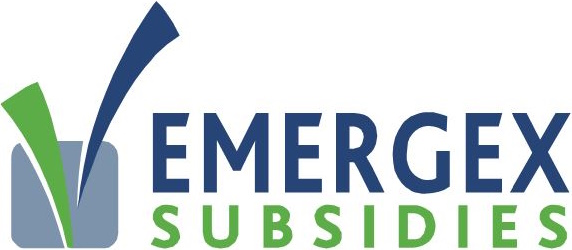As in a familiar joke, there is bad news and good news for SR&ED in Alberta:
The bad news: since January 1, 2020, companies can no longer claim SR&ED tax credits from the Alberta government. The province previously offered a 10% refundable tax credit calculated on eligible R&D expenses.
The good news: on July 22, 2020, Alberta’s premier, Jason Kenney, announced a new provincial program effective as of January 1, 2021: the Innovation Employment Grant (IEG). Created to encourage innovation and economic growth in the province, the IEG provides small and medium-sized businesses with a refundable tax credit of up to 20% on their SR&ED expenses.
The IEG is calculated in two steps:
- First, an 8% refundable tax credit on the SR&ED expenses for the current taxation year, PLUS:
- An incremental 12% refundable tax credit on the portion of the SR&ED expenses that exceeds the “base spending level” for the company. That base level is defined as the average spending calculated over the two preceding years: (Y1 + Y2) / 2
Eligible expenses are identical to those that qualify for the federal SR&ED program. Expenses must be incurred after December 31, 2020, up to a maximum of $4M.
First time SR&ED claimants, for example startups, automatically benefit from the 20% tax credit. The maximum 20% rate also applies to claimants that have not submitted SR&ED claims in the preceding two years.
Conditions
Companies with a taxable capital of $50M or more are not eligible for this tax credit. Those between $10M and $50M will receive a lower percentage of the tax credit rate. That percentage is calculated based on the corporation’s prior year taxable capital: [$40M – (prior year taxable capital – $10M)] / $40M.
Examples :
| Year | SR&ED Expenses |
|---|---|
| 2019 | $0 |
| 2020 | $0 |
| 2021 | $200,000 |
This company will benefit from a tax credit based on this calculation:
Current year eligible R&D expenses X 8%:
= 200,000 X 8% = 16,000
Plus: current year eligible R&D expenses minus the average R&D spending calculated over the two previous years X 12%:
= {200,000 – [(0 + 0) / 2]} X 12%
= {200,000 – 0} X 12% = 24,000
Total credit to be received = 16,000 + 24,000 = $40,000 (20% of the 200,000 in expenses)
| Year | SR&ED Expenses |
|---|---|
| 2019 | $50,000 |
| 2020 | $100,000 |
| 2021 | $200,000 |
Current year eligible R&D expenses X 8%:
= 200,000 X 8% = 16,000
Plus: current year eligible R&D expenses minus the average calculated over the two previous years X 12%:
= {200,000 – [(50,000 + 100,000) / 2]} X 12%
= {200,000 – 75,000} X 12%
= 125,000 X 12% = 15,000
Total credit to be received = 16,000 + 15,000 = $31,000 (15.5% of 200,000 in expenses)
| Year | SR&ED Expenses |
|---|---|
| 2019 | $200,000 |
| 2020 | $150,000 |
| 2021 | $100,000 |
Current year eligible R&D expenses X 8%:
= 100,000 X 8% = 8,000
Plus: current year eligible R&D expenses minus the average calculated over the two previous years X 12%:
= {100,000 – [(200,000 + 150,000) /2]} X 12%
= {100,000 – (350,000 / 2)} X 12%
= 100,000 – 175,000 = (75,000)
Since the current year expenses are lower than the average of the two preceding, there will not be any additional grant tax credit.
Total credit to be received = 8,000 + 0 = $8,000 (8% of 100,000 in expenses)






